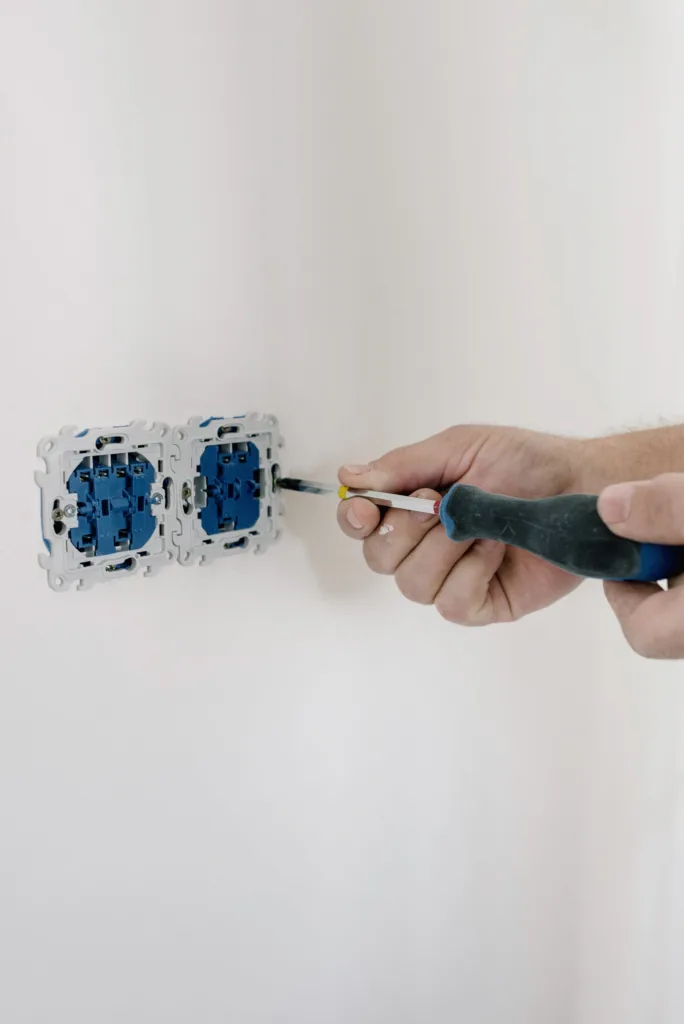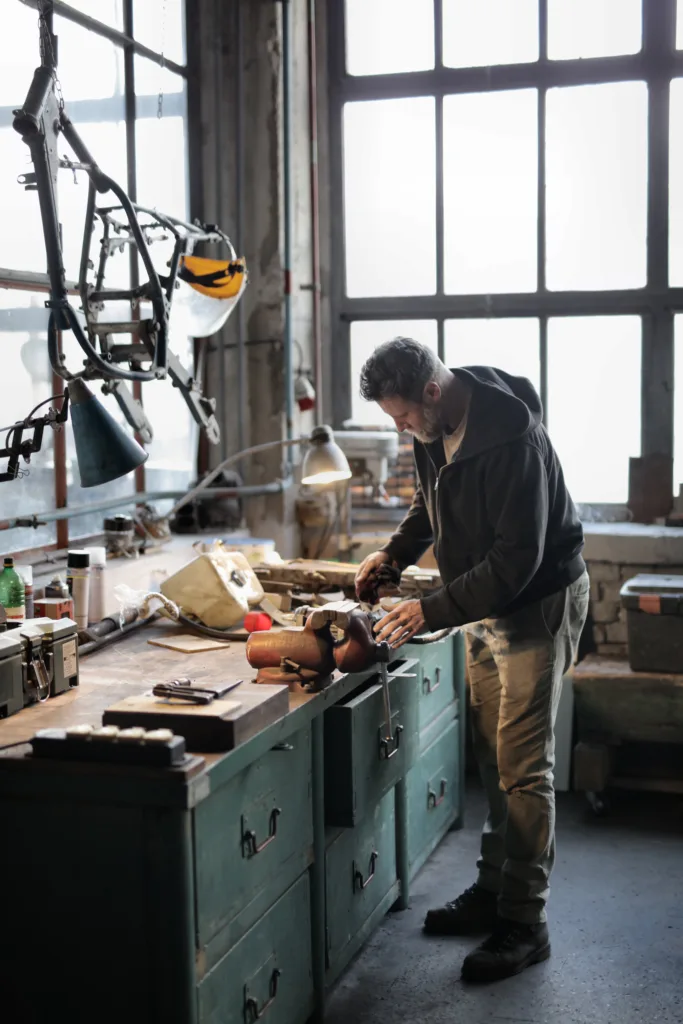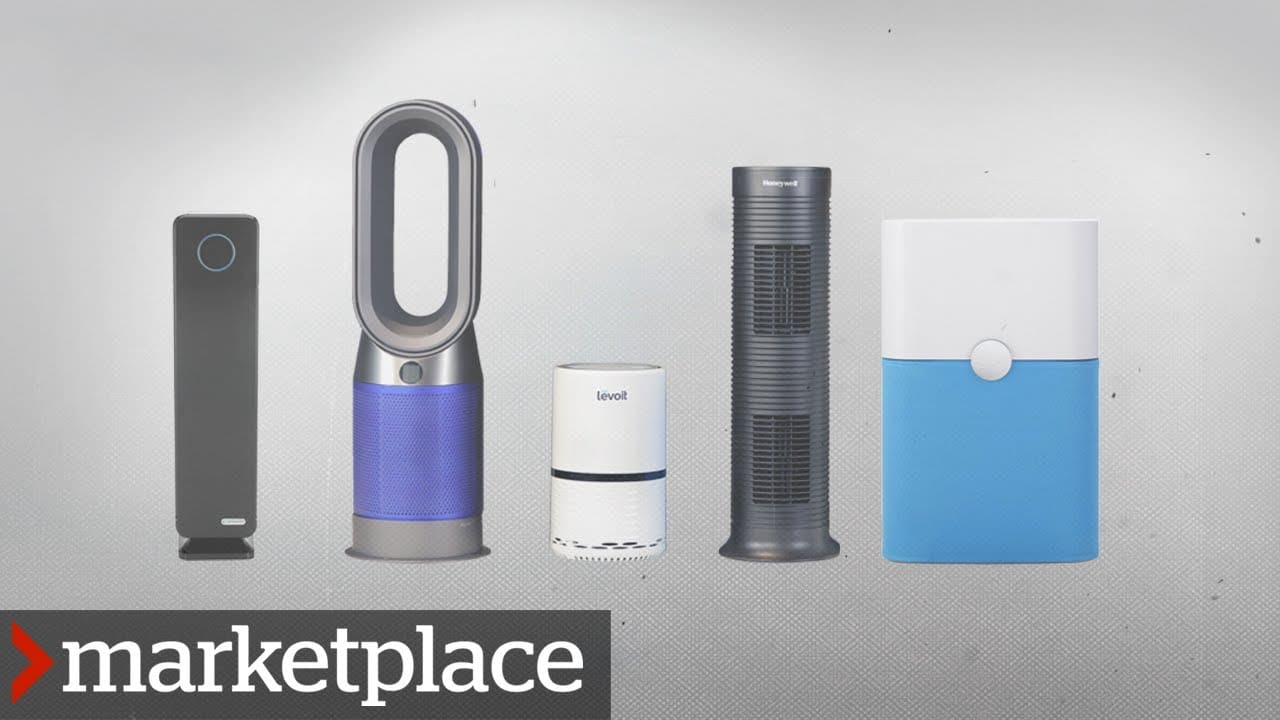Maintaining an air purifier is essential to ensure its efficiency and longevity, but have you ever wondered about the actual cost? From replacing filters to cleaning the unit, regular upkeep plays a significant role in keeping the air clean and healthy.
In this article, we will explore the necessary maintenance tasks and associated expenses that come with owning an air purifier, giving you a clear understanding of what it takes to keep your air purifier operating at its best.
Filter Replacement
Types of Filters
When it comes to air purifiers, filters play a crucial role in ensuring clean and fresh air in your living space. There are several types of filters commonly used in air purifiers, each designed to target specific pollutants. The most common types of filters include:
- Pre-Filters: These filters are the first line of defense and capture larger particles like dust, pet hair, and lint before they reach the main filter. They help prolong the lifespan of the main filter.
- HEPA Filters: High-Efficiency Particulate Air (HEPA) filters are highly effective in capturing tiny particles as small as 0.3 microns. They are essential for trapping allergens, pollen, mold spores, and bacteria.
- Carbon Filters: Carbon filters specialize in eliminating odors, smoke, and harmful gases like Volatile Organic Compounds (VOCs) from the air. They contain activated carbon that absorbs these unwanted pollutants.
- UV-C Light Filters: These filters utilize ultraviolet-C (UV-C) light to eliminate airborne germs and viruses. They work by altering the DNA of these microorganisms, rendering them harmless.
Frequency of Replacement
The frequency of filter replacement depends on various factors such as the air quality in your area, the type and quality of the filters, and the usage of the air purifier. Generally, pre-filters should be checked and cleaned every two to three weeks and replaced every three to six months.
HEPA filters, carbon filters, and UV-C light filters should be replaced every six to twelve months, depending on usage and manufacturer recommendations.
Cost of Filters
The cost of air purifier filters can vary based on the brand, size, and type of filter. Pre-filters are usually the least expensive, ranging from $5 to $20. HEPA filters, being the most crucial, can range from $20 to $100. Carbon filters typically fall within a similar price range as HEPA filters.
UV-C light filters are less common, but replacement bulbs can cost around $30 to $80. It’s essential to factor in the long-term cost of filter replacements when considering the overall maintenance cost of owning an air purifier.
Pre-Filter Cleaning
Importance of Pre-Filter
Pre-filters are an integral part of air purification systems as they protect the main filter from large particles. Cleaning the pre-filter regularly helps maintain its efficiency and prolong the lifespan of the main filter. By removing larger particles like dust and pet hair, pre-filters play a crucial role in improving overall air quality and reducing the burden on the other filters.
Cleaning Frequency
The cleaning frequency for pre-filters depends on the air quality in your environment and how heavily the air purifier is used. In general, it is recommended to clean pre-filters every two to three weeks.
However, if you live in an area with high levels of dust or have pets that shed frequently, you may need to clean the pre-filter more frequently. Keeping the pre-filter clean will ensure optimal performance and longevity.
Cost of Cleaning
Cleaning the pre-filter requires minimal cost as it primarily involves rinsing or vacuuming the filter to remove accumulated dirt and debris. All you need is water, mild soap, and a soft brush or cloth to gently clean the pre-filter. This cost-effective maintenance approach not only saves money but also maximizes the lifespan of the pre-filter.

UV-C Light Bulb Replacement
UV-C Light Functionality
UV-C light bulbs are an additional feature found in some air purifiers. These bulbs emit short-wavelength ultraviolet light that disrupts the DNA of microorganisms like bacteria and viruses, rendering them inactive and unable to reproduce. UV-C light is an excellent supplement to the filtration process, helping to create a healthier living environment.
Frequency of Replacement
The frequency of UV-C light bulb replacement depends on the manufacturer’s recommendations and their expected lifespan. On average, UV-C light bulbs need to be replaced every nine to twelve months. However, it’s important to check the manufacturer’s guidelines, as some bulbs may last longer. Regularly replacing the UV-C light bulb ensures the continuous effectiveness of this feature in eliminating harmful microorganisms.
Cost of UV-C Light Bulbs
The cost of UV-C light bulbs can vary depending on the brand and model of your air purifier. On average, replacement bulbs can range from $30 to $80. While the initial investment may seem higher than other maintenance tasks, the benefits of a properly functioning UV-C light bulb in providing cleaner air make it a worthwhile expense.
Ionizer Maintenance
How Ionizers Work
Ionizers are designed to remove particles from the air by emitting negatively charged ions. These ions attach to positively charged airborne particles, causing them to become heavy and fall to the ground rather than staying suspended in the air. This process helps improve air quality by reducing the number of pollutants in the breathing space.
Cleaning the Ionizer
Maintaining the performance of an ionizer involves regular cleaning. Depending on the model, ionizers may require manual cleaning or have a self-cleaning function. For manual cleaning, gently wiping the ionizer’s collection plates or needles with a damp cloth or brush can remove any accumulated residue. It is essential to follow the manufacturer’s instructions for proper cleaning techniques.
Cost of Ionizer Maintenance
The cost of maintaining an ionizer is primarily associated with the time and effort invested in cleaning. Since ionizers do not require frequent replacement of parts or filters, the ongoing cost for maintenance is relatively low. It may involve the cost of cleaning supplies such as a damp cloth, mild soap, and a soft brush, making it a cost-effective option for maintaining cleaner air in your home.

Fan and Motor Maintenance
Importance of Fan and Motor Maintenance
The fan and motor in an air purifier are essential components that ensure proper air circulation and filtration. Regular maintenance of the fan and motor helps maintain optimal performance and prevents mechanical issues. Neglecting their upkeep may lead to decreased airflow, increased noise, and decreased overall efficiency of the air purifier.
Cleaning the Fan and Motor
Cleaning the fan and motor involves removing dust and debris that may accumulate over time. Begin by switching off and unplugging the air purifier. Use a soft brush or a vacuum cleaner with a brush attachment to carefully remove any visible dust from the fan blades and motor components. Exercise caution and refer to the manufacturer’s instructions if any disassembly is required.
Cost of Fan and Motor Maintenance
Maintaining the fan and motor of an air purifier does not require additional purchases or replacement parts. The cost mainly involves the time and effort invested in cleaning these components. By regularly cleaning and ensuring their smooth operation, you can extend the lifespan of your air purifier and avoid costly repairs or replacements.
Air Quality Sensor Calibration
How Air Quality Sensors Work
Air quality sensors in air purifiers monitor the level of pollutants present in the surrounding air. These sensors detect various particles, such as dust, pollen, smoke, and volatile organic compounds (VOCs), providing valuable information about the current air quality. Calibration is essential to ensure accurate readings and effective filtration.
Calibration Importance
Calibrating the air quality sensor involves adjusting it to measure pollutant levels accurately. Over time, sensors may become less accurate due to environmental factors, dust accumulation, or aging. Calibrating the sensor ensures it provides precise and reliable data, allowing the air purifier to adjust its filtration settings accordingly.
Cost of Sensor Calibration
Calibrating the air quality sensor can typically be done manually following the manufacturer’s instructions. The process does not require any additional purchases, so the cost is minimal. It primarily involves regular observation and monitoring of the sensor’s readings, ensuring it remains accurate and effective in maintaining clean air.
Ozone Generator Maintenance
Ozone Generator Functionality
Some air purifiers come equipped with ozone generators, which are designed to produce ozone molecules. Ozone, a highly reactive gas, can neutralize odors and kill bacteria, viruses, and mold when used within safe levels. Regular maintenance is essential to ensure the ozone generator operates within safety guidelines and continues to perform effectively.
Cleaning the Ozone Generator
To maintain the efficiency and safety of the ozone generator, periodic cleaning is necessary. The process generally involves wiping down the ozone generator’s blades or plates with a clean, damp cloth. This helps remove any accumulated residue or build-up that may hinder the generator’s performance. Following the manufacturer’s instructions is crucial to ensure proper cleaning techniques.
Cost of Ozone Generator Maintenance
The cost associated with ozone generator maintenance is minimal and primarily involves the time and effort invested in cleaning. The necessary supplies for cleaning, such as a damp cloth and mild soap, can be easily obtained. Regular maintenance helps extend the lifespan of the ozone generator and ensures it can continue effectively neutralizing odors and eliminating harmful microorganisms.
Housing and Exterior Cleaning
Importance of Regular Cleaning
Keeping the housing and exterior of your air purifier clean is not only about aesthetics but also about maintaining its functionality. Dust and dirt can accumulate on the external surfaces, potentially causing clogs or obstructing air intake. Regular cleaning helps ensure optimal airflow, prevents mechanical issues, and assists in maintaining overall performance.
Cleaning Techniques
The cleaning techniques for the housing and exterior of an air purifier may vary depending on the material and design. In most cases, using a soft, lint-free cloth slightly dampened with water or a mild cleaning solution is sufficient to wipe down the surfaces. It’s essential to avoid using harsh chemicals or abrasive materials that could damage the exterior.
Cost of Cleaning Supplies
The cost of cleaning supplies for maintaining the housing and exterior of an air purifier is minimal. Basic household items such as a soft cloth, water, and mild soap are generally sufficient for routine cleaning. Investing time in regular cleaning not only helps maintain the overall appearance of the air purifier but also ensures its longevity and continuous effectiveness.
Professional Servicing
Reasons for Professional Servicing
While regular maintenance can be handled independently, professional servicing is recommended to address more complex issues and ensure the optimal performance of your air purifier. Professional technicians have the expertise and tools to thoroughly inspect and service the internal components, including the motor, filters, and electrical systems. They can identify and resolve any underlying problems that may compromise the air purifier’s functionality.
Frequency of Servicing
The frequency of professional servicing depends on the manufacturer’s recommendations and the specific requirements of your air purifier model. In most cases, annual servicing is sufficient to maintain the air purifier’s performance. However, if you notice any unusual noises, decreased airflow, or other signs of malfunction, it is advisable to seek professional servicing promptly.
Cost of Professional Servicing
The cost of professional servicing may vary depending on the service provider, location, and specific air purifier model. On average, professional servicing can range from $50 to $150. While it represents an additional cost, the expertise and thoroughness of professional technicians can help prolong the lifespan of your air purifier and ensure its optimal performance, making it a worthwhile investment.
Energy Consumption
Understanding Energy Consumption
Energy consumption is an important aspect to consider when evaluating the overall cost of owning and maintaining an air purifier. The energy consumption of an air purifier depends on various factors, including the size and power of the unit, the fan speed settings, and the duration of usage. Energy-efficient models can help minimize electricity costs while ensuring effective air purification.
Electricity Costs
The electricity costs associated with running an air purifier can vary based on the local electricity rates and the energy consumption of the unit. The wattage of an air purifier typically ranges from 20 to 100 watts. Considering an average electricity rate of $0.12 per kilowatt-hour, the estimated hourly cost of running an air purifier is between $0.0024 and $0.012.
Overall Energy Efficiency
To ensure optimal energy efficiency, it is advisable to select an air purifier with an Energy Star certification, which indicates that it meets strict energy efficiency guidelines. Additionally, utilizing the air purifier’s fan speed settings appropriately can help minimize energy consumption. By considering energy efficiency, you can minimize the long-term electricity costs associated with operating an air purifier while still enjoying the benefits of clean and fresh air.
In conclusion, owning an air purifier comes with maintenance responsibilities. Regular filter replacement, pre-filter cleaning, UV-C light bulb replacement, ionizer maintenance, fan and motor maintenance, air quality sensor calibration, ozone generator maintenance, regular housing and exterior cleaning, professional servicing, and managing energy consumption are all integral aspects of maintaining the functionality and performance of your air purifier.
While each task may involve various costs, the long-term benefits of having clean and fresh air in your living space make proper maintenance worthwhile. By diligently following the recommended maintenance procedures, you can ensure the longevity and effectiveness of your air purifier, creating a healthier environment for you and your loved ones.
Check out another great read…
Can Air Purifiers Save On Heating And Cooling Bills?

